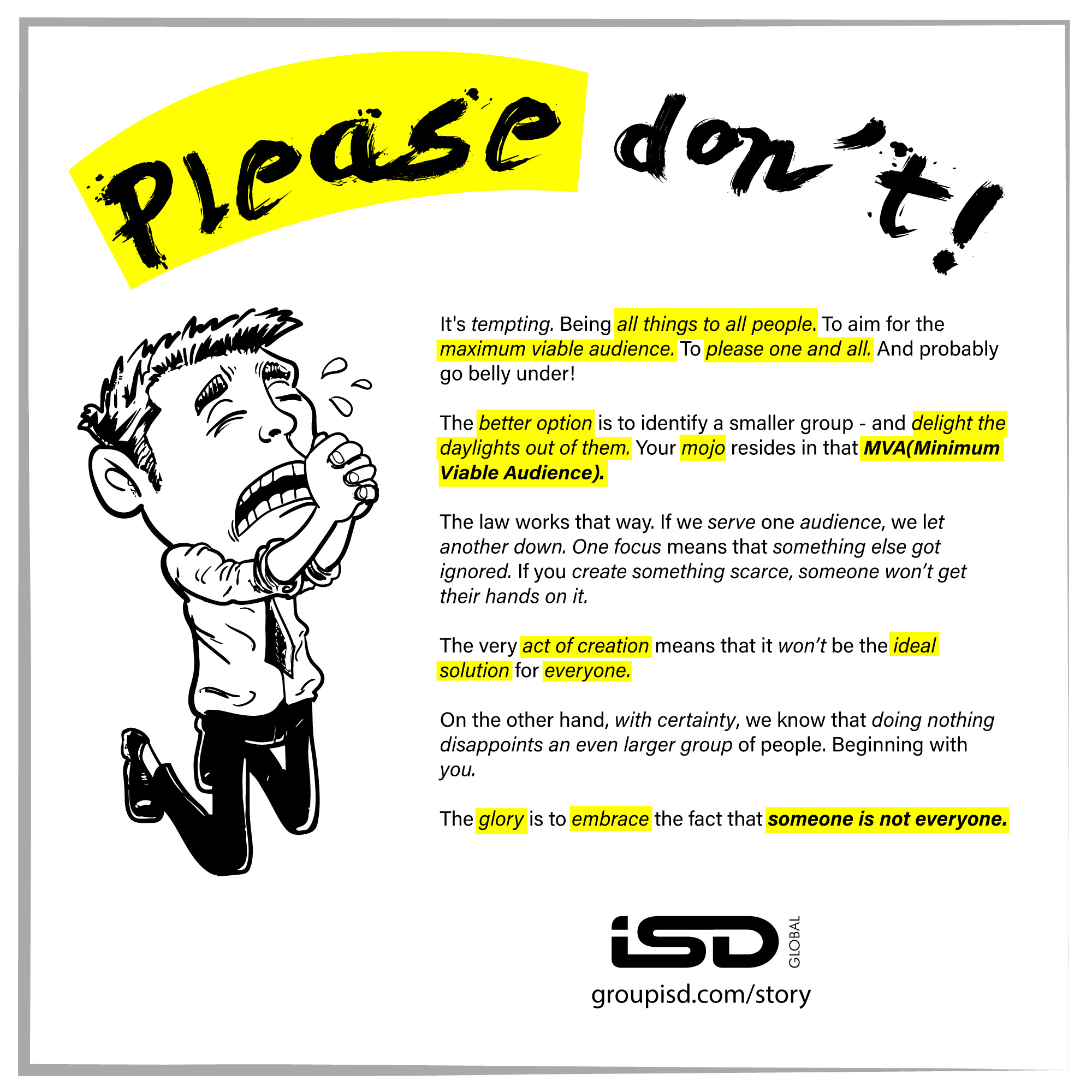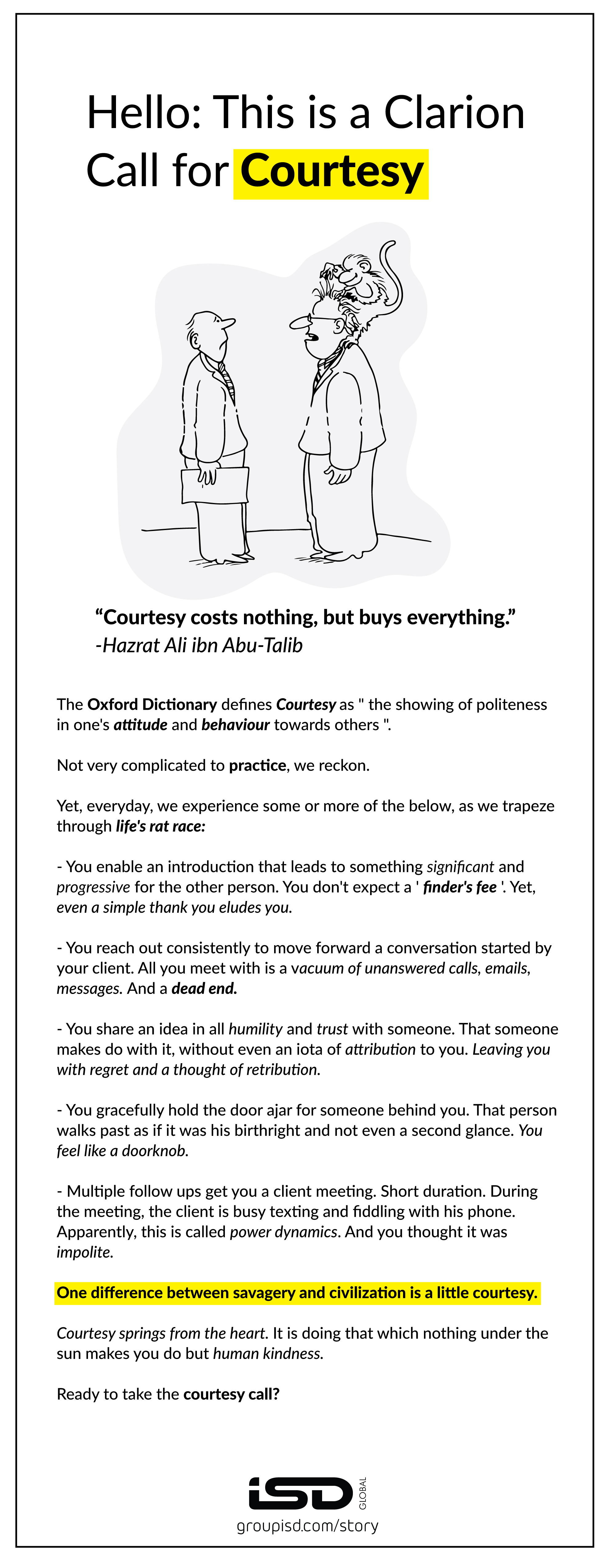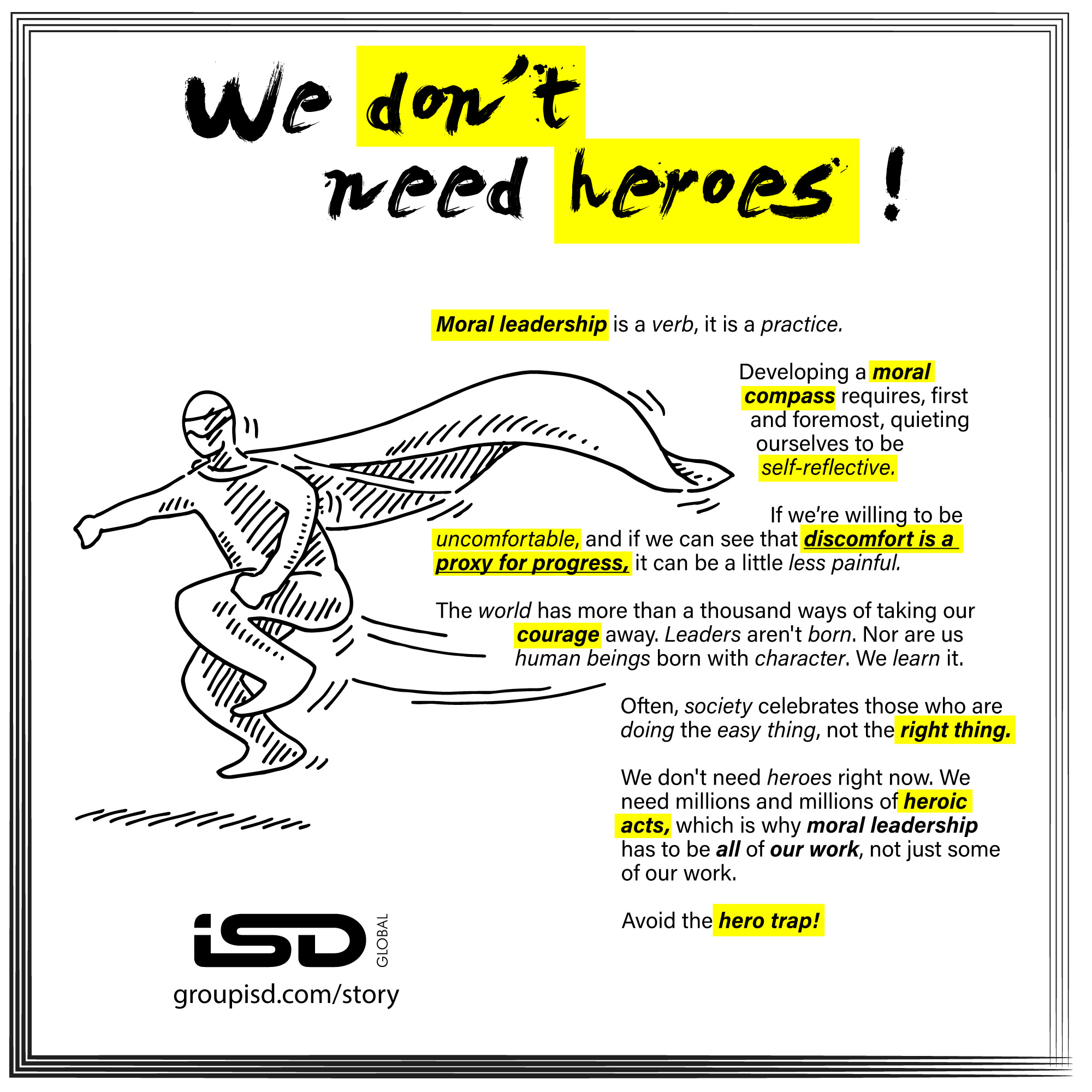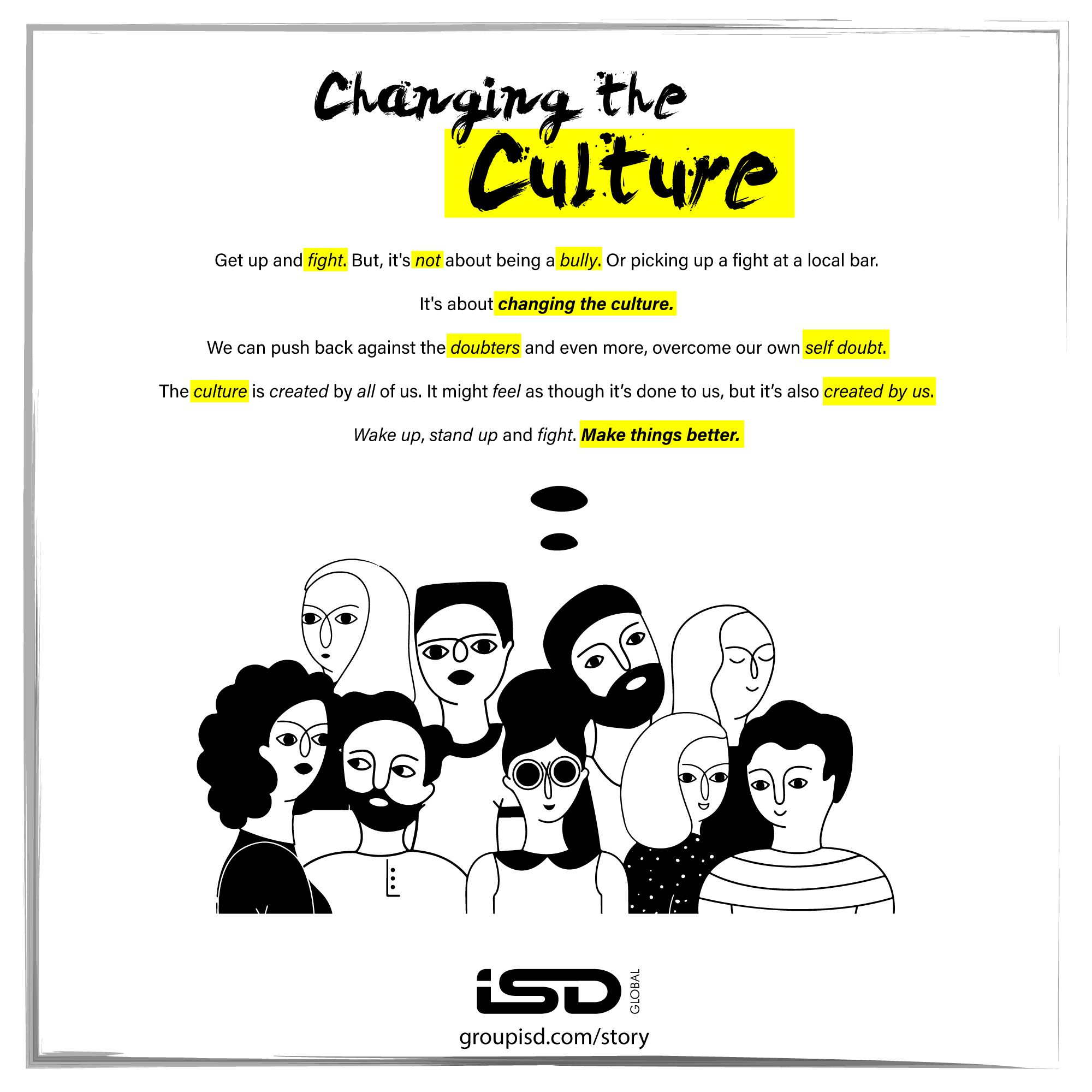Normally MVP is denoting Minimum Viable Product. But, here by design the thought is for your Maximum Viable Product. As you show up and ship it out in the full knowledge that it is made for the smallest viz Minimum Viable Audience– lets call them the early adopters.
It was Geoffrey Moore who coined the term chasm.The term for the gap between the small part of the market populated with people who like to go first, and the larger group of people who want to get involved with something that’s proven, popular and effective.
The early adopters are the ones who ask ‘is it new?’ , ‘ what is different? ‘. The early majority come in next(they are early followers) once they see it is effective and it is working.
The early adopters are the ones we need to delight. They then take on the mantle of being your unofficial brand ambassadors. They spread the word. They tell the others. They are the ones who help cross the chasm and bring in the next round of users | followers, the early majority.

The trap is in trying to be all things to all people at the same time. Resist the temptation. The early adopters will do the generous work of bringing the others on board.
Not everyone goes first. Almost no one does. Our culture changes when the early adopters tell the others. And it applies to almost everything, be it rock bands, organic juice, movies, electric cars, books or online courses. What we have to show is the tenacity and persistence of showing up first, delight the daylights out of the early adopters, win their trust and then go on to win the hearts and minds of those who didn’t show up first. The chasm gets crossed and the community gets built.
It is not a linear sequence. You might be ready with your launch. But people show up when they are ready. Not when you are.
Find your mojo. The early adopters. And leave the rest to them.
ENDS



